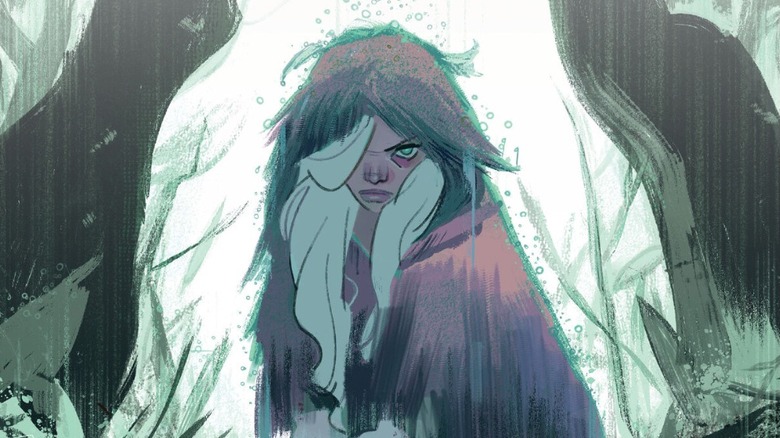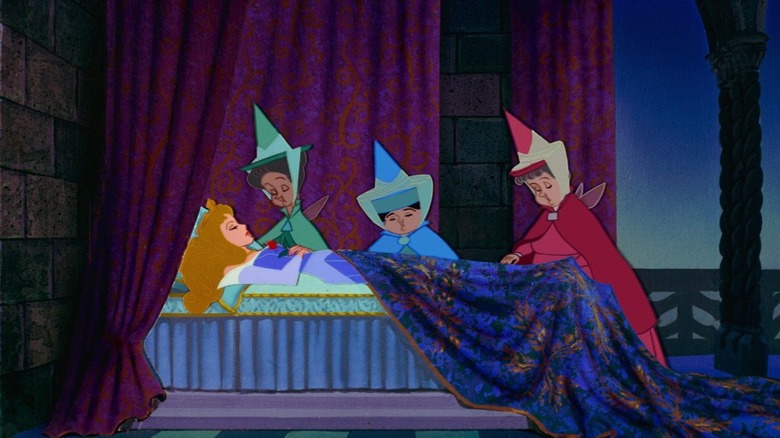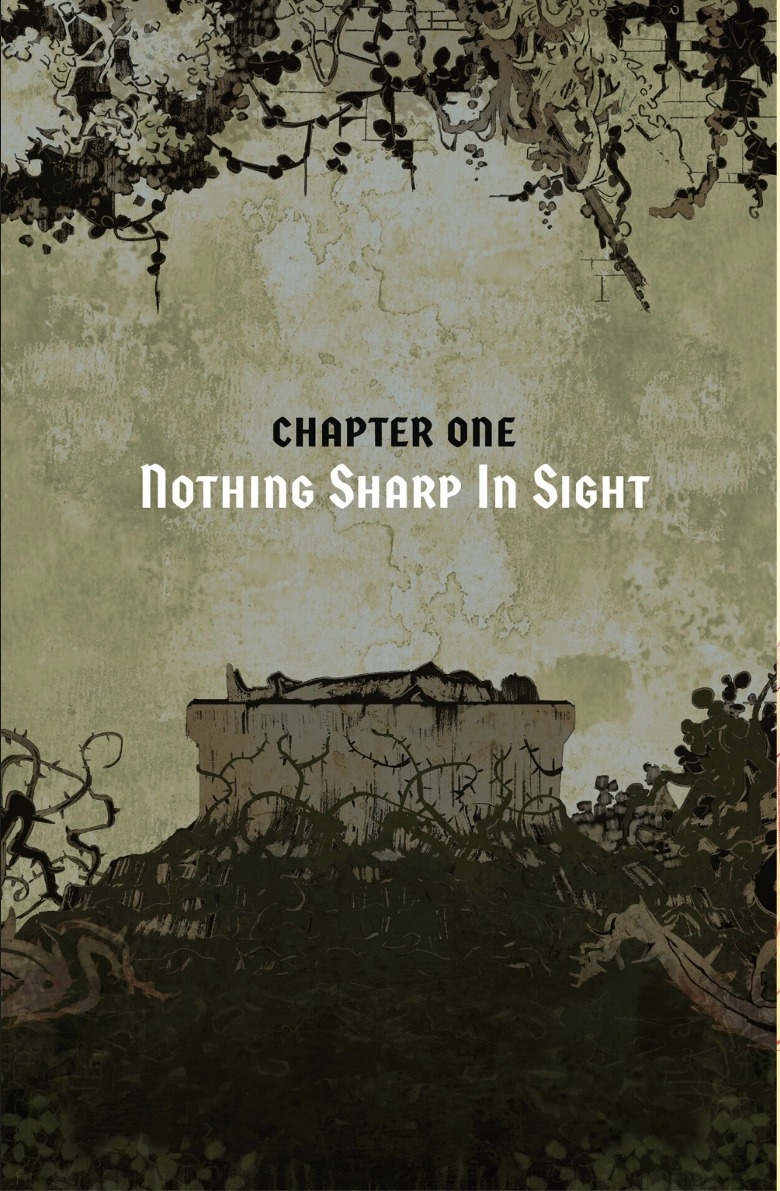This Apocalyptic Dark Fantasy Comic Reimagines A Classic Disney Fairy Tale
We may receive a commission on purchases made from links.
Ah, the public domain. It's what allows reinterpretations of classical stories in radically new contexts, hence the recent wave of slasher films starring children's characters like Winnie the Pooh. Twisting fairy tales is not only the domain of movies, though.
See the comic "Briar" — written by Christopher Cantwell, drawn by Germán García, and published by BOOM! Studios. The comic is "Sleeping Beauty" as dark fantasy, not the whimsical and romantic kind. "Sleeping Beauty" is a tale that goes back to the 1300s, but "Briar" might be its most violent and irreverent retelling. The comic's title is taken from Briar Rose, the name the Brothers Grimm gave the Princess and which Disney then used in its animated adaptation.
The comic has been advertised as "What if Sleeping Beauty never got her happily ever after?" Here, the prince never bestowed true love's kiss, so Princess Briar sleeps for a century. When she wakes up, the kingdom she knew is gone and devolved into a lawless realm of slavers, monsters, witches, and fundamentalist smallfolk. Briar becomes both Sleeping Beauty and fiction's other most famous sleeping character, Rip Van Winkle, who also overslept and opened his eyes to an unfamiliar world.
Briar sets out to get revenge on Gendrid, the fairy godmother who cursed her and now rules as a dark lord. Like any sword and sorcery hero, Briar needs a fellowship, and picks them up one-by-one across the first four issues. First, Spider, a blue-skinned "Norrish" orc who awoke Briar with a kiss, hoping her fabled power (that was just a fable) could help her people. Next comes Roop, a "bog witch" apprentice, and Captain Bly, the reanimated skeleton of a noble hero.
"Briar" is an unusual project for Cantwell. He's split his career between TV and comic books, showrunning "Halt and Catch Fire" and penning many Marvel books (including an ongoing series starring Doctor Doom). Despite that eclectic resume, "Briar" is his first step into classical, spell-casting, sword-slinging fantasy. Does he adapt to this new genre as well as Briar does to her new world?
Briar is a comic that mixes Sleeping Beauty with Sword & Sorcery
"Briar" is not the first revisionist take on "Sleeping Beauty." Disney themselves did one with the "Maleficent" films starring Angelina Jolie. Those movies turned the original animated film's villainess into a heroine, with Princess Aurora merely a supporting character in the Mistress of Evil's journey to redemption. The princess is the lead character in this "Sleeping Beauty" comic, but it removes her from the role of a princess.
Disney's Princess Aurora is an extremely passive character — unavoidably so, since the story's climax is her lying almost dead as doornail while others fight for her fate. There's a reason Maleficent was the original animated film's most popular character and the live-action version was reframed around her.
The prologue of "Briar" explains that the Prince saw no difference between waking her up and letting her sleep. He only wanted her hand in marriage for her father's armies, so it was just as well to leave his queen asleep. The rest of the story is then about Briar seizing her own fate even as others — from Gendrid to mortal prison wardens — try and take it themselves.
Despite its slack narrative, "Sleeping Beauty" is one of the most beautiful Disney films, from its sharp line art to technicolor palette. In "Briar" too, the art team is the star. Garcia's penciling is round and cutesy, refusing to let the comic forget about its storybook roots, and Matheus Lopes' colors are vivid. The prologue, set in the 100 years prior, uses golden hues, which smash cut into melancholy blueish-white once Briar finally wakes up. Each issue includes an identical title page, showing a sleeping Briar surrounded by overgrown thorns.
Briar herself is waifish, more like a ghost than a prim princess. "Briar's look is also supposed to cut against the Sleeping Beauty of it all," explained Cantwell. "You sleep long enough, you're not gonna look too beautiful when you wake up. Especially if people just forgot about you. You're gonna be coughing up bugs that have been living in your throat for years. That's the tone of this book, this kind of absurd horror quality to the story and character."
García's eye-catching cover of "Briar" #1 (see above) shows off the redesigned heroine: pale white skin and hair, giant rat pelt cloak, and holding a sword which feeds a pool of blood below her (this Briar is not a pure ingénue). The sense of reimagination extends to the villains. Rather than the black-cloaked Maleficent, who had goat-horns befitting a demon, Gendrid is drawn like a wood nymph, with chlorophyll-green skin and leaves for hair.
"Briar" has had two arcs, each four issues long. (More issues are possible but unconfirmed — the second arc has an open ending and the main conflict is still unresolved.) Fingers crossed that this sleeping beauty gets to keep telling her story, her way.
"Briar" volume 1 is available in print and digital editions. "Briar" volume 2 is scheduled for publication on January 21, 2025 and is currently available for pre-order.


